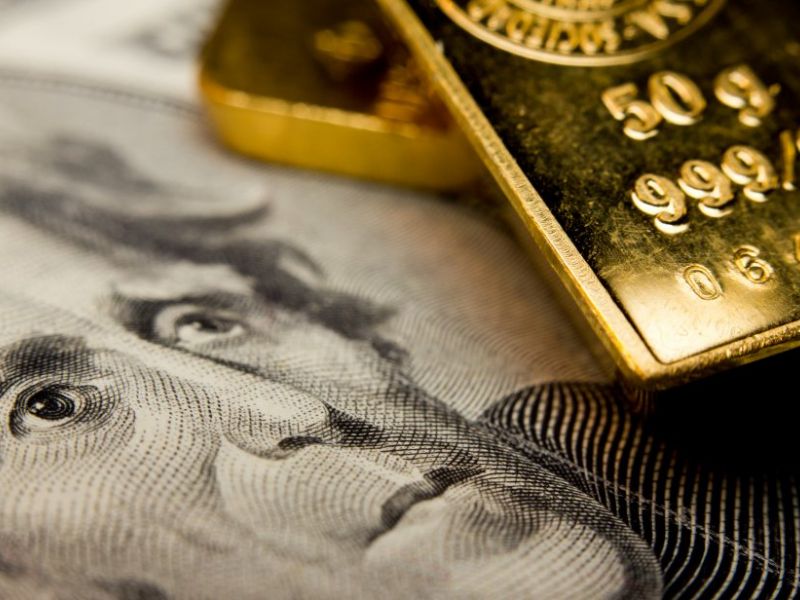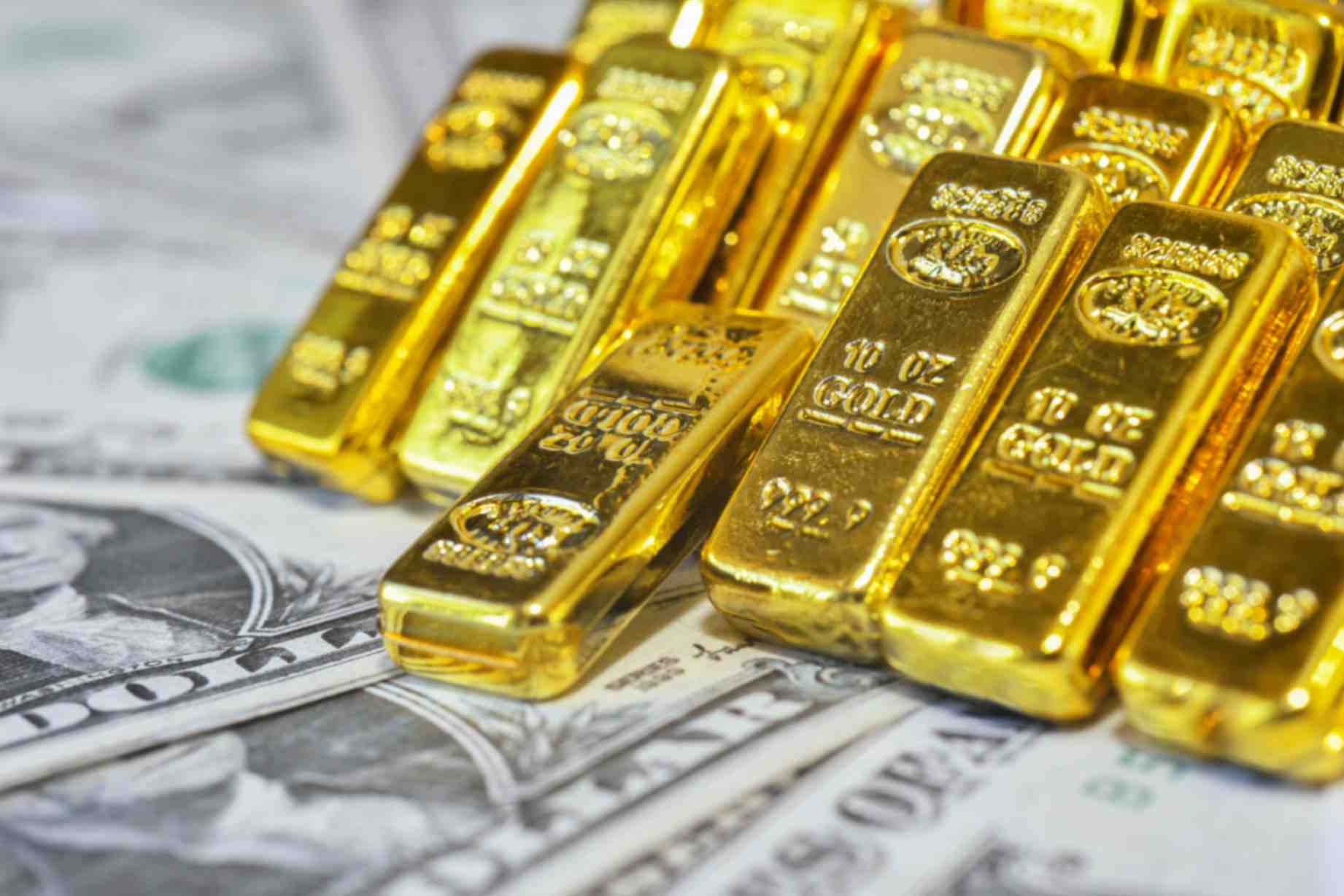In 2025 gold has experienced a dramatic rally. Spot gold reached new all-time highs in late September, driven by a mix of safe-haven demand, a softer U.S. dollar, and growing expectations that the Federal Reserve may move rates lower later this cycle — all of which make a non-yielding asset like gold more attractive to investors. Headlines from major outlets in late September/early October note multi-month gains and analysts nudging upside price targets into the high-$3,000s or even $4,000/oz for short horizons.
At the same time, central banks continue to be important structural buyers. Recent industry research shows central banks remain net buyers and many are actively managing reserves with greater allocations to gold for diversification and geopolitical risk mitigation. That institutional demand has materially tightened available supply in the official.
The core drivers that will decide 2025 prices
To predict where gold goes, you must follow a handful of variables — some fast-moving (macro releases, Fed statements, geopolitics) and some structural (central bank demand, mining supply). Here’s a practical breakdown.
1. U.S. money policy and rate expectations
Gold historically trades inversely with real interest rates. When real yields fall (either because nominal rates drop or inflation expectations rise), gold becomes more attractive. In 2025 the market has priced meaningful chances of Fed easing later in the year because of weak data and political uncertainty — and that has helped propel gold higher. Any surprise from the Fed (hawkish language, delayed cuts) could prompt corrections.
2. The U.S. dollar
Gold is priced in dollars. A weaker dollar makes gold cheaper for foreign buyers and tends to lift demand. Conversely, dollar strength is a headwind. Recent falls in the dollar index have acted as a tailwind for gold’s rally. Watch FX flows and dollar reserve dynamics.
3. Central bank buying & official reserves
Central banks remain a structural buyer — in 2024–2025 net official purchases were at historically high levels. That steady, large-scale demand behaves differently to speculative flows: it reduces available supply in the market and supports higher multi-year price floors. Continued heavy buying is a bullish long-run factor.
4. Investment demand (ETFs, bars & coins, futures)
Retail and institutional investment flows — particularly ETFs and physical bar/coin demand in Asia — can create powerful momentum swings. In 2025 we saw surging ETF inflows and strong bar demand that helped amplify the rally. Monitor weekly WGC and ETF flow reports for early signals.
5. Geopolitical risk & macro shocks
Geopolitical events (conflicts, sanctions, trade shocks) drive safe-haven purchases. Even short bursts of risk-off can produce outsized gold spikes because leveraged positioning and retail flows chase the move.
6. Supply side (mining, recycling)
New mine output is relatively steady and cannot easily expand quickly enough to blunt a big rally. Higher prices do encourage recycling and marginal mine projects, but supply response is gradual. Structural buyers plus constrained supply create the potential for steep upside when demand surges.

What the data & experts were saying (late Sept–Oct 2025)
-
News outlets and traders reported record gold prices and strong short-term bullish momentum, citing weak U.S. macro prints and political uncertainty as catalysts. Some analysts set $3,900–$4,000/oz near-term targets.
-
Major banks and research houses (Citi among them) publicly raised targets and described gold as behaving more like an alternative store of value, driven by geopolitical and monetary risks — signaling some forecasters are comfortable with sustained higher levels.
-
Gold industry research shows central banks increasing active management and purchases, which supports the structural bull case.
These are load-bearing facts: prices are higher now, major institutions are bullish, and official demand is structurally supportive.
Three scenarios for the rest of 2025 (probabilities and triggers)
1) Bull case (30% probability) — Prices head to $4,000+/oz
Trigger: Clear evidence the Fed will cut rates, renewed large central bank purchases, and a fresh geopolitical shock.
Mechanics: Rate cut expectations push real yields deeper negative; dollar weakens; ETF and physical demand spike. With central banks continuing to buy, liquidity to absorb buying is thin, producing rapid, higher moves. Several banks and analysts have pushed $4,000 targets under this scenario.
2) Base case (50% probability) — Consolidation in high range ($3,200–$3,900)
Trigger: Market prices in a moderate path of Fed easing but the Fed remains cautious and data are mixed. Central bank buying continues but at similar pace.
Mechanics: Gold ranges as investors weigh macro-economic tradeoffs. Periodic rallies on risk events and pullbacks on stronger-than-expected data create volatility but no decisive breakout beyond the new highs. This is the most likely outcome if risk and macro trends remain mixed.
3) Bear case (20% probability) — Correction back toward $2,600–$3,000
Trigger: A stronger-than-expected U.S. labor market, hawkish Fed communication, a quick dollar rebound, or fast reversal of speculative flows.
Mechanics: Rising real yields reduce opportunity cost of holding non-yielding gold; leveraged positions are liquidated; ETF outflows accelerate. While possible, it requires a sustained pivot in macro data and central bank rhetoric against the current grain.
Price targets and timelines (illustrative, not guaranteed)
-
Near term (weeks–months): $3,600–$4,000 per oz is on the table given momentum and Fed expectations; spikes above $4,000 are possible on a major shock.
-
Medium term (end 2025–early 2026): If central banks maintain buying and inflation proves sticky while nominal rates ease modestly, an average above $3,500–$3,800 is plausible. If macro data flip (stronger growth), expect consolidation nearer $2,800–$3,200.
Important: different analysts disagree; some use macro models tied to real rates, others to safe-haven flows — check assumptions behind any quoted target.
How to interpret technical vs fundamental signals
-
Fundamentals (real rates, central bank buying, physical demand) set the medium/long-term bias. If those remain bullish, structural upside is intact.
-
Technicals (momentum, RSI, channels) govern short-term entry/exit. In a strong momentum phase, technical pullbacks can be shallow buying opportunities; in a capped market, they can signal larger corrections. Traders often use a blend: fundamentals for direction, technicals for timing.
Practical takeaways for different types of market participants
For long-term investors (HODL / allocation)
-
Consider maintaining/increasing allocation to gold if you want a hedge against geopolitical risk, currency depreciation or systemic financial risk. Central bank purchases and limited supply make a credible structural bull case. Dollar exposure and timing still matter — dollar-hedged or diversified positions can reduce volatility.
For tactical traders
-
Watch Fed language, US economic prints, dollar moves, and ETF flows. Enter on clear pullbacks (if you believe the bull case) or fade rallies if you believe the Fed will stay hawkish. Use stop losses — rallies can reverse fast.
For Indian/other local investors
-
Local price moves include domestic taxes, import duties, and currency swings (INR strength/weakness). In India, physical demand (jewellery, festival buying) also drives seasonal spikes. Local prices may diverge from XAU/USD for these reasons.








